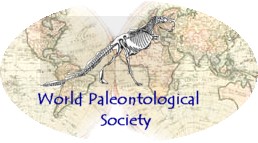
... no teeth illustrated? They didn't have any!!
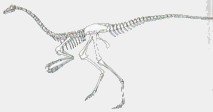
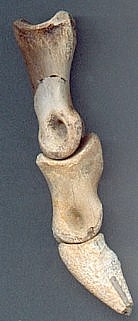


Ornithomimid
Struthiomimus
Late Cretaceous
Scollard formation
Alberta, Canada

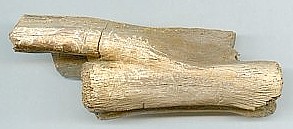
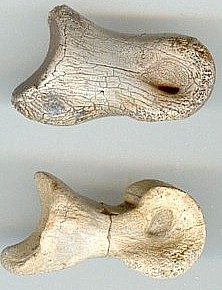
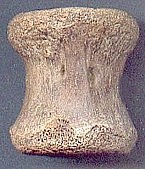
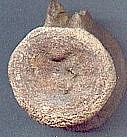
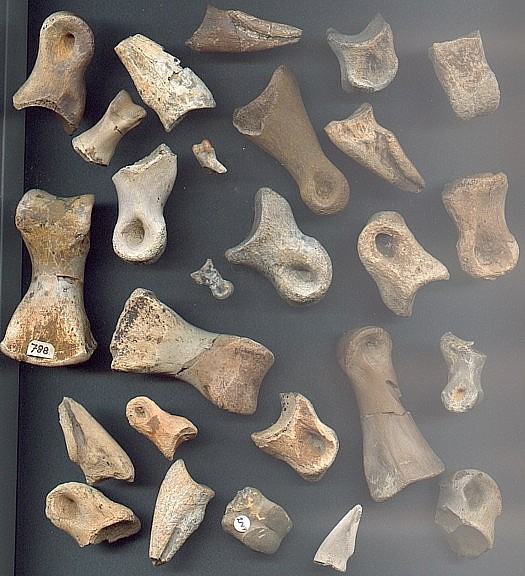
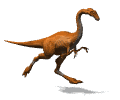
just yank them and put them in your collection!
Cretaceous Room
 |
|||||||||||||||||||||||||||||||||||||||||||||||||||||||||
| Ornithomimid ... no teeth illustrated? They didn't have any!! |
|||||||||||||||||||||||||||||||||||||||||||||||||||||||||
 |
|||||||||||||||||||||||||||||||||||||||||||||||||||||||||
 |
|||||||||||||||||||||||||||||||||||||||||||||||||||||||||
| @ J. LeBlanc | |||||||||||||||||||||||||||||||||||||||||||||||||||||||||
 |
|||||||||||||||||||||||||||||||||||||||||||||||||||||||||
 |
|||||||||||||||||||||||||||||||||||||||||||||||||||||||||
| Pes (foot) Ornithomimid |
|||||||||||||||||||||||||||||||||||||||||||||||||||||||||
| Othaniel Marsh was the first to discover Ornithomimus in 1890. He thought, however, that his 'bird'-mimic dinosaur possessed teeth. The most famous ornithomimid, Struthiomimus, was foundein Alberta in 1912 by Charles Lambe. | |||||||||||||||||||||||||||||||||||||||||||||||||||||||||
| Ornithomid Struthiomimus Late Cretaceous Scollard formation Alberta, Canada |
|||||||||||||||||||||||||||||||||||||||||||||||||||||||||
| @ J. LeBlanc | |||||||||||||||||||||||||||||||||||||||||||||||||||||||||
 |
|||||||||||||||||||||||||||||||||||||||||||||||||||||||||
| Ornithomimus. It is difficult to assign isolated palanges to digit and joint position. The above configuration is one possible combination. Like all theropods...their bones are hollow to reduce weight and thus increase speed | |||||||||||||||||||||||||||||||||||||||||||||||||||||||||
| (click here to see hollow bones) | |||||||||||||||||||||||||||||||||||||||||||||||||||||||||
| @ J. LeBlanc | |||||||||||||||||||||||||||||||||||||||||||||||||||||||||
 |
|||||||||||||||||||||||||||||||||||||||||||||||||||||||||
| @ J. LeBlanc | |||||||||||||||||||||||||||||||||||||||||||||||||||||||||
 |
|||||||||||||||||||||||||||||||||||||||||||||||||||||||||
| Lower Caudal vertebra. These are long and slender. Very pronounced prezygapophyses (top)overlap the proceeding vertebra. | |||||||||||||||||||||||||||||||||||||||||||||||||||||||||
| @ J. LeBlanc | |||||||||||||||||||||||||||||||||||||||||||||||||||||||||
 |
|||||||||||||||||||||||||||||||||||||||||||||||||||||||||
 |
|||||||||||||||||||||||||||||||||||||||||||||||||||||||||
| Theropod cousins. The Ornithomimid phalanx (top) has less pronounced curvatures than the Raptor phalanx (bottom). | |||||||||||||||||||||||||||||||||||||||||||||||||||||||||
| Non-lower caudals are 'spool-like'. Centra are circular. | |||||||||||||||||||||||||||||||||||||||||||||||||||||||||
| @ J. LeBlanc | |||||||||||||||||||||||||||||||||||||||||||||||||||||||||
 |
|||||||||||||||||||||||||||||||||||||||||||||||||||||||||
| Struthiomimus... Ornithomimus...a collectiion of phalanges from various locations and formations. These phalanges span 15 million years of Ornithomimid evolution. The claws are terminal phalanges or 'unguals'. | |||||||||||||||||||||||||||||||||||||||||||||||||||||||||
 |
|||||||||||||||||||||||||||||||||||||||||||||||||||||||||
| Why do I need teeth? You'll just yank them and put them in your collection! |
|||||||||||||||||||||||||||||||||||||||||||||||||||||||||
| Return to Cretaceous Room |
|||||||||||||||||||||||||||||||||||||||||||||||||||||||||